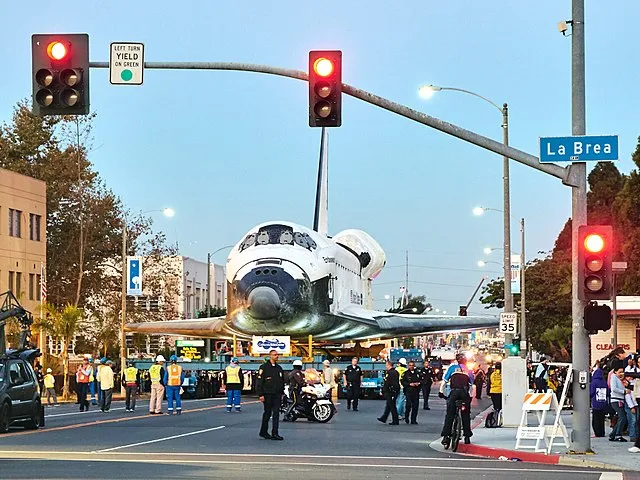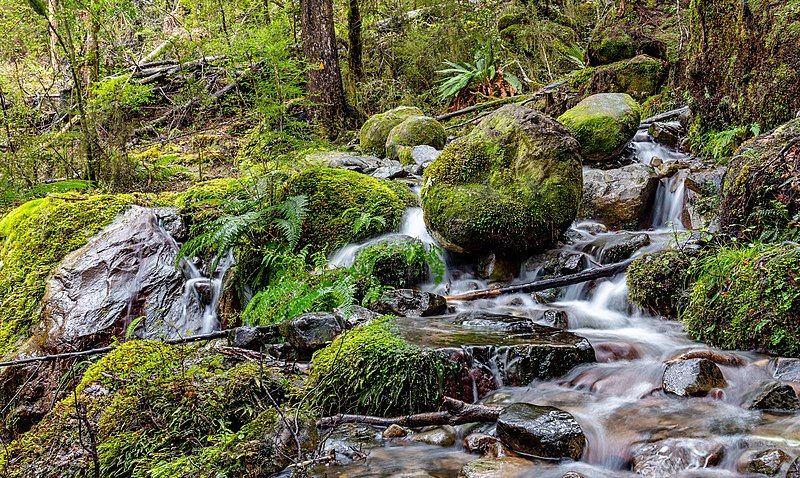In today’s digital age, access to high-quality visual content is essential for websites, presentations, publications, and educational materials. One platform that consistently delivers a vast repository of freely usable media is Wikimedia Commons. Whether you’re a content creator, educator, student, or just a curious internet explorer, Wikimedia Commons provides unparalleled access to millions of images, videos, and sound files — all available for public use under free licenses.
In this article, we’ll explore everything you need to know about Wikimedia Commons, including its purpose, how to use it, licensing information, contribution guidelines, and its significance in the digital information ecosystem.
What is Wikimedia Commons?
Wikimedia Commons is a free media repository created and maintained by the Wikimedia Foundation, the same organization behind Wikipedia, Wiktionary, and other Wikimedia projects. Launched in 2004, it serves as a central media library that anyone can use and contribute to.
It currently hosts over 90 million freely licensed media files — including photographs, illustrations, diagrams, animation, audio files, and video footage — that support not only Wikipedia articles but also the wider web.
Key Features of Wikimedia Commons:
- Open and Free: Every file on the platform is freely licensed or in the public domain.
- Well-Organized: Files are categorized by topic, type, license, source, and more.
- Multilingual Interface: Content and navigation are available in multiple languages.
- Community-Driven: Contributors across the globe help curate and moderate content.
Why Use Wikimedia Commons?

There are several compelling reasons to utilize Wikimedia Commons for your media needs:
1. Royalty-Free Media
All media on Wikimedia Commons is either in the public domain or available under open licenses like Creative Commons. This means you can safely use images and videos for blogs, research, educational material, or commercial projects—provided you follow usage guidelines.
2. High-Quality Resources
Many media files are contributed by professionals, institutions, or skilled hobbyists. Major cultural institutions, including the Library of Congress and NASA, also contribute to Commons. You’ll often find rare, high-resolution images that are difficult to find elsewhere.
3. Educational Value
Teachers and students can make use of Commons to access historical images, maps, sound clips, and science diagrams. These assets enrich learning and make presentations more dynamic and engaging.
4. Free Public Access
Unlike stock photo websites that charge exorbitant fees, Wikimedia Commons is free to all users anywhere in the world. Just follow the licensing terms (usually attribution) and you’re good to go!
Understanding Licensing on Wikimedia Commons
Licensing is a critical element of Wikimedia Commons. Every file must be freely licensed, meaning it can be used by others under certain conditions.
Most Common Licenses Include:
- Creative Commons Attribution (CC BY)
Allows others to remix, tweak, and build upon the work, even commercially, as long as they credit the author. - Creative Commons ShareAlike (CC BY-SA)
Requires that derivative works be licensed under the same terms. - Public Domain (PD)
Works that are free to use without any restrictions, either because the copyright has expired or the creator has waived all rights.
Always Attribute
Even if the license allows free usage, proper credit must be provided. This usually includes:
- Title of the work
- Author’s name
- Source URL
- License type (linked)
Example:
Photo by John Doe, Wikimedia Commons, licensed under CC BY 4.0.
How to Use Wikimedia Commons
Using Wikimedia Commons is straightforward:
1. Search for Media
- Go to https://commons.wikimedia.org
- Use the search bar to look for specific keywords.
- Filter results by media type, license, date, and more.
2. Download the Media
Once you find the media you need, click the file. You’ll see various resolution options. Choose the one best suited for your project and download it.
3. Use the Media Responsibly
Before using any media, read and understand the license. Some files require attribution or may have other use clauses like non-commercial use only.
How to Contribute to Wikimedia Commons
If you’re a photographer, graphic designer, or content creator — you can upload your own work and help grow this global repository.
Step-by-Step to Upload Your Media:
- Create a Wikimedia Account
Sign up for a free Wikipedia/Wikimedia account for uploading content. - Verify Licensing
Only upload media you created yourself or that is public domain. - Use Descriptive Titles and Categories
Label your media so others can easily find it. - Add Licensing and Source Info
Clearly state the license and provide background details if needed.
Tips for Finding the Best Media on Wikimedia Commons
While the platform is open to all, it has a vast amount of content, which can be overwhelming. Here are tips to navigate and find quality resources:
- Use Specific Keywords: Instead of “car,” try “vintage muscle car 1970s.”
- Explore Featured Images: These are handpicked by editors and offer high visual quality.
- Search by Author: If you find a creator you like, see their full portfolio.
- Use Categories: Each media file is listed under one or more categories, which can help you explore related content.
Wikimedia Commons vs. Other Media Repositories
| Feature | Wikimedia Commons | Unsplash | Pexels | Shutterstock |
|---|---|---|---|---|
| Cost | Free | Free | Free | Paid |
| License Type | CC / Public Domain | Custom (Permissive) | Custom | Proprietary |
| Educational Media | Yes | Limited | Limited | Yes |
| Historical Images | Extensive | Limited | Limited | Some |
| Contributor Base | Global / Volunteers | Photographers | Photographers | Professionals |
It’s clear that Wikimedia Commons shines as a multi-purpose, educational, and historical media treasure trove, compared to niche stock photo platforms.
The Impact of Wikimedia Commons
Wikimedia Commons is more than just a media hub — it’s a movement. It supports open knowledge, advocates for freely accessible education, and embodies digital democracy. Museums, archives, universities, and amateur enthusiasts are increasingly contributing to the platform, preserving cultural heritage and scientific knowledge for generations to come.
Conclusion: Start Exploring the Power of Wikimedia Commons Today
In a world dominated by gated content and paywalls, Wikimedia Commons stands out as a beacon of open-media accessibility. Whether you’re looking to enrich your marketing content, illustrate a Wikipedia article, add depth to a presentation, or simply explore world culture through images, Wikimedia Commons offers an unmatched resource.
Quick Recap: Why Use Wikimedia Commons?
- Free and Open Access
- Over 90 Million Files
- Educational & Cultural Richness
- Easy to Search and Use
- Legal and Ethical Use of Media
So, next time you’re in need of royalty-free images or educational diagrams, make Wikimedia Commons your first stop!



